The suits are returning to the office. In chinos. And sneakers. And ballet flats.
As Wall Street workers trickle back into their Manhattan offices this summer, they are noticeable for their casual attire. Men are reporting for duty in polo shirts. Women have stepped down from the high heels once considered de rigueur. Ties are nowhere to be found. Even the Lululemon logo has been spotted.
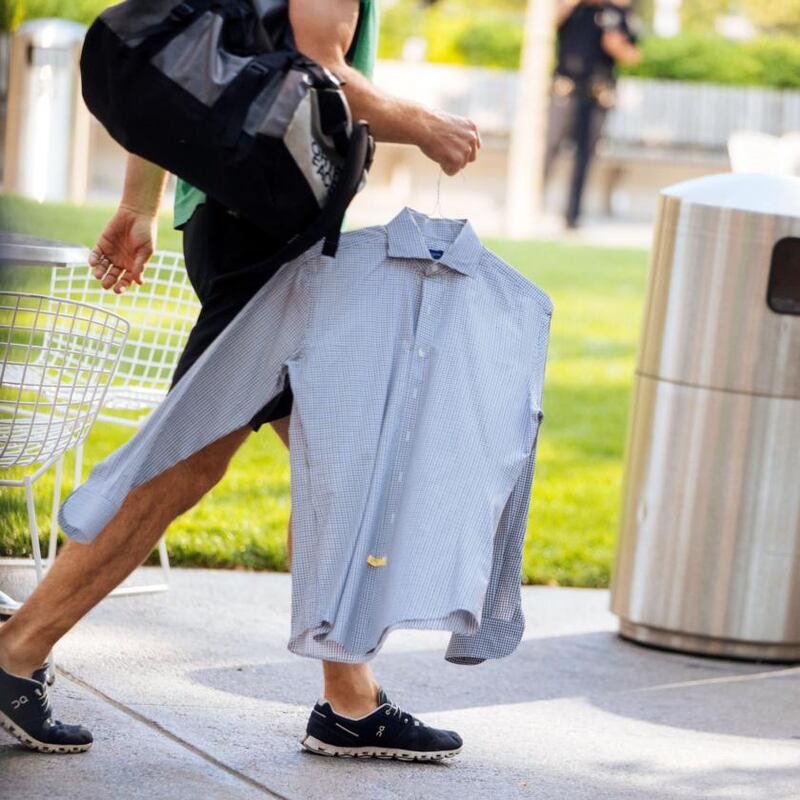
The changes are superficial, but they hint at a bigger cultural shift in an area where well-cut suits and wingtips once symbolised swagger, memorialised in popular culture by Gordon Gekko in the movie Wall Street and Patrick Bateman in the film adaptation of Bret Easton Ellis's novel American Psycho. Even as many corporate workplaces around the United States relaxed their dress codes in recent years, Wall Street remained mostly buttoned up.
Like so much else, that changed in the pandemic. Big banking firms, including Goldman Sachs, JPMorgan Chase and Citigroup, have realised that their employees are loath to reach for their corporate attire after more than a year of working from home dressed mainly in loungewear, or Zoom-appropriate shirts on top and sweatpants below. As banking firms get their workers back to their desks – even as some other companies have paused such plans – senior executives are easing up on dress codes as a concession to their weary staff.
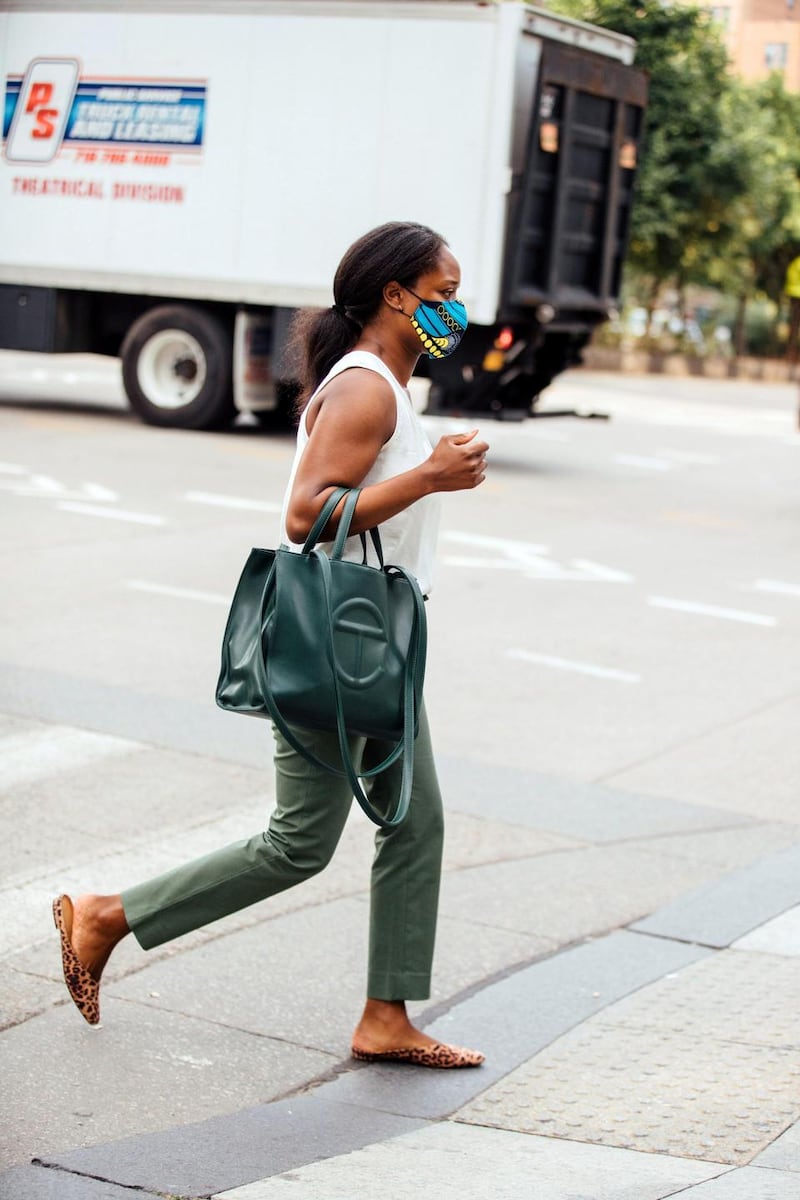
"It's a little bit more relaxed than what I anticipated," said Melissa Cortes, a legal analyst who recently joined Goldman. "I'm wearing sneakers right now, and people are wearing jeans with blazers or shirts." She wore a white jacket, black wide-leg trousers and white sneakers on Wednesday.
Although banks haven’t sent out formal memos in this regard, their informal message is that returning employees should feel free to dress appropriately for the occasion — and that during a summer with few in-person client meetings, more relaxed attire is permissible. Jeans have even shown up on trading floors.
This being Wall Street, casual doesn’t necessarily mean cheap, of course. Many of the sneakers, shirts, watches and other more laid-back accessories spotted in lower Manhattan last week cost several hundred dollars or more.
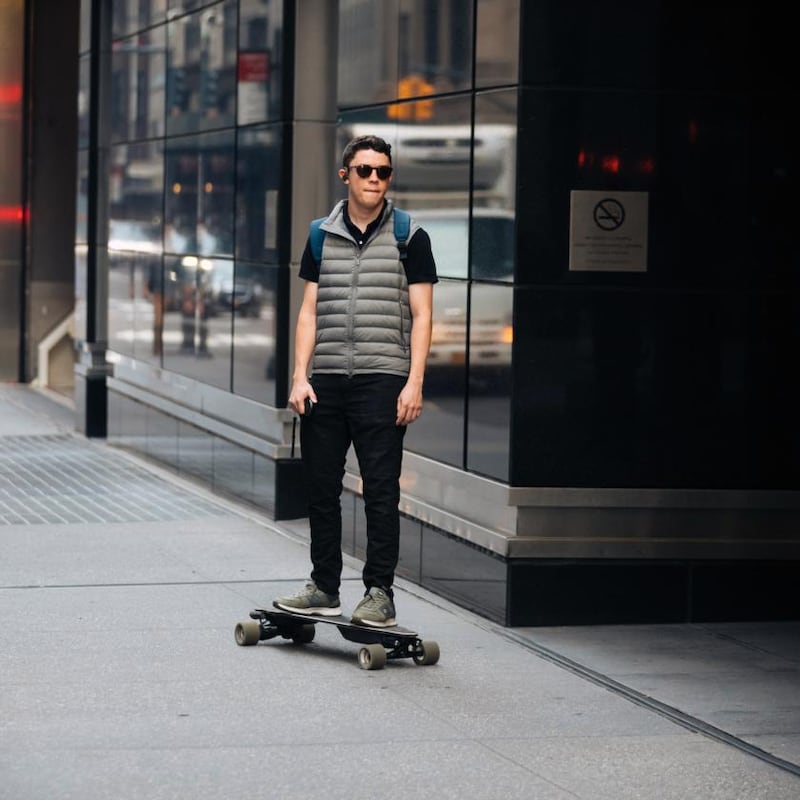
Formal dress codes began to erode in the 1990s when Casual Fridays were introduced in workplaces, said Daniel Delis Hill, a fashion historian. “I was working at Merrill Lynch in 1999 when the big shock came from the CEO that brokers could now wear business casual on Fridays,” Hill wrote in an email. “There was a long list of dos and don’ts, though,” he said, and jeans were definitely not allowed.
Despite periodic efforts to relax dress codes – including in 2019, when Goldman made suits and ties optional – banking had been one of the last bastions of formal workwear, alongside law firms. In some quarters of Wall Street, such as hedge funds, the code has typically been more permissive.

But in banking, the strict hierarchies were embedded in unwritten fashion rules. Colleagues would ridicule those wearing outfits considered too flashy or too shabby for the wearer’s place in the corporate food chain. Superiors were style guides, but wearing something swankier than one’s boss was considered a faux pas. An expensive watch could be seen as a mark of success or an obnoxious flex – or both.
These days, some bosses have ditched luxury timepieces in favour of Apple Watches and traded suits for short sleeves and khaki, making it tricky for subordinates to know what to wear in order to look the part. JPMorgan CEO Jamie Dimon recently wore a black polo shirt for a TV interview; Goldman's boss, David Solomon, DJs in T-shirts on weekends, and Rich Handler, the head of Jefferies, posted a photo of himself sporting a Henley tee on Twitter. At an event welcoming employees back to the office in July, Citigroup's Jane Fraser – the only female boss of a major Wall Street bank – kept her signature look: a jewel-toned dress.
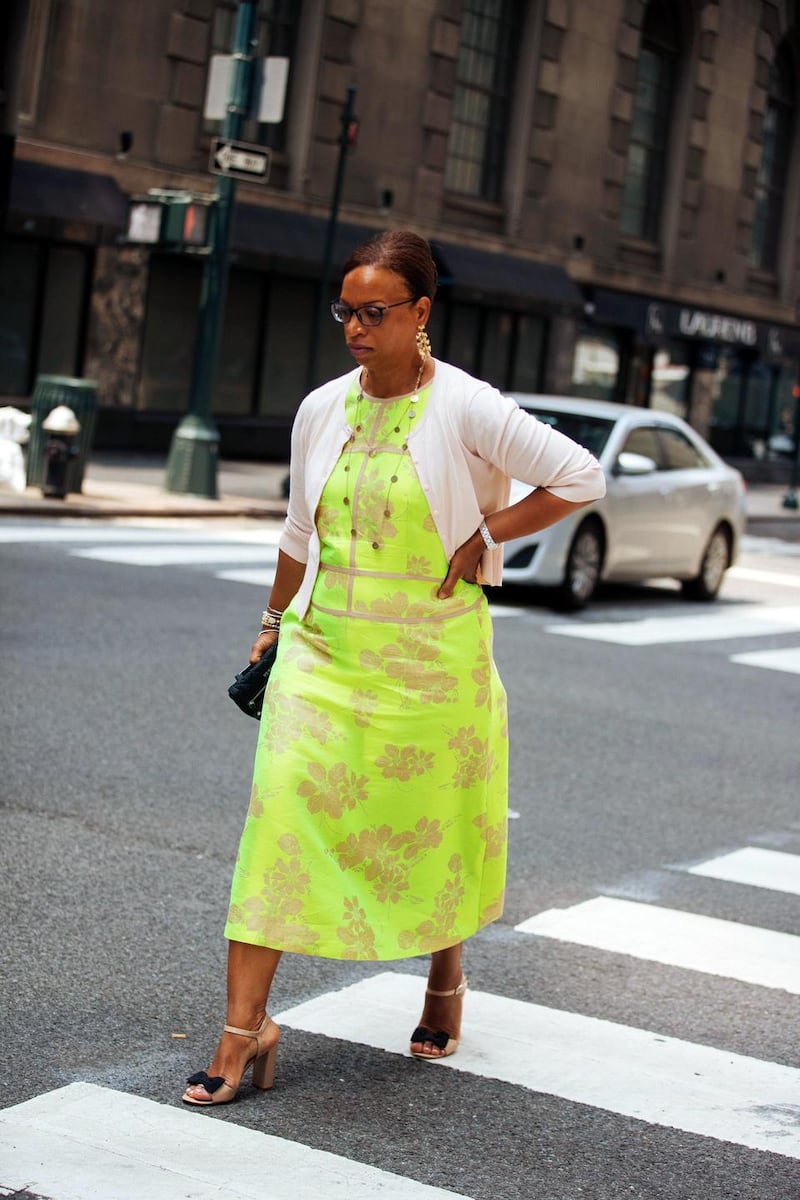
Another reason banks are doing away with traditional dress codes is talent retention. As Wall Street firms increasingly compete for recruits with technology companies – which are friendlier both to remote work and casual clothing – they are seeking to present a less stuffy image. Many banks are also trying to hire a more diverse cohort.
Big lenders vary in their plans to bring staff back to offices. Most of the industry in the US was targeting Labor Day, on the first Saturday in September, for a full-scale return, although that may be complicated by surging coronavirus cases. Some Wall Street employees have been working from their offices for months, but many returned only recently for the first time since the outbreak began.
It felt like the first day of school, some bankers said. They wanted to look good in front of colleagues yet couldn’t bear the thought of wearing dress shoes or heels. Before going in, some checked with friends to see if their choices were in line with the crowd.
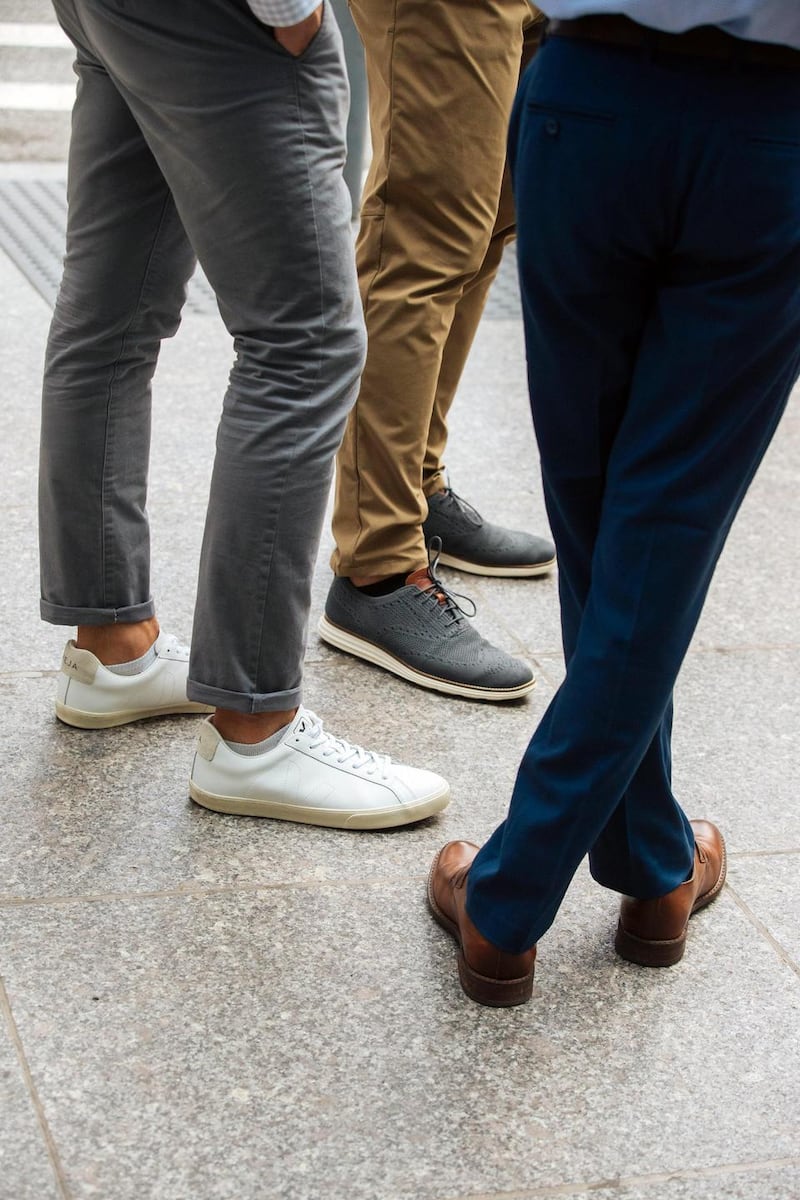
One item that has been popular among Wall Street men is Lululemon’s ABC pant, which the athleisure company markets as a wrinkle-resistant, stretchy polyester garment suitable for “all-day comfort”. (The company put its highly recognisable logo on a tab near the pocket to make the pants look less like workout gear.)
Untuckit, which makes short-hemmed button-down shirts, saw a jump in sales as vaccination rates across the US rose in April and May, said founder Chris Riccobono. Customers have flocked to its two stores in Manhattan, seeking still-sharp shirts made from breathable fabric.
“What’s amazing is these guys were wearing suits in the middle of summer, walking the streets of New York, coming off the train” before the pandemic, Riccobono said. “It took corona for the guys who never wore anything but suits to realise, ‘Wait a second.’” – New York Times











